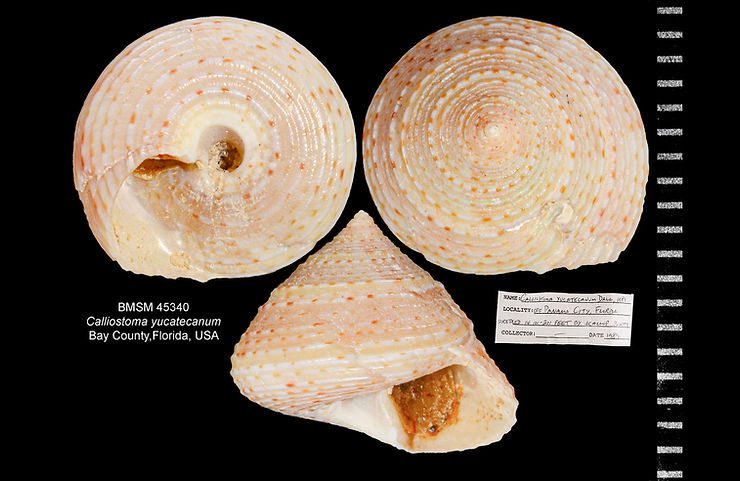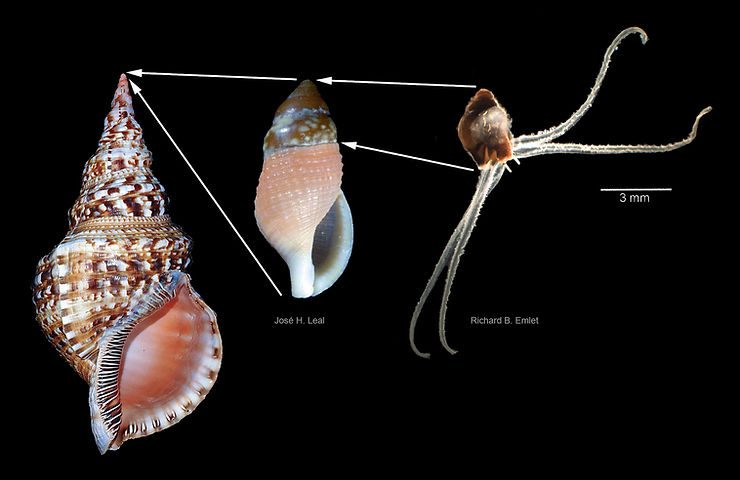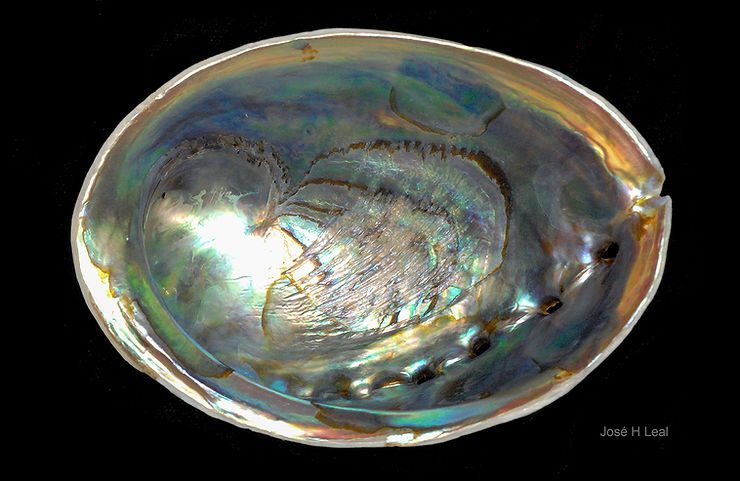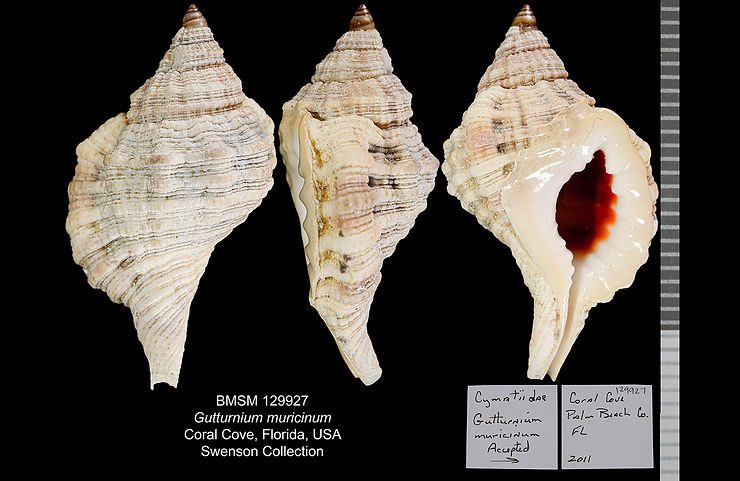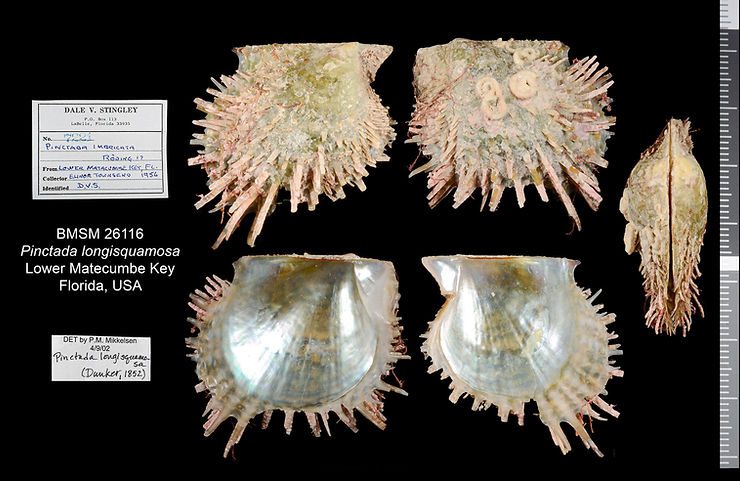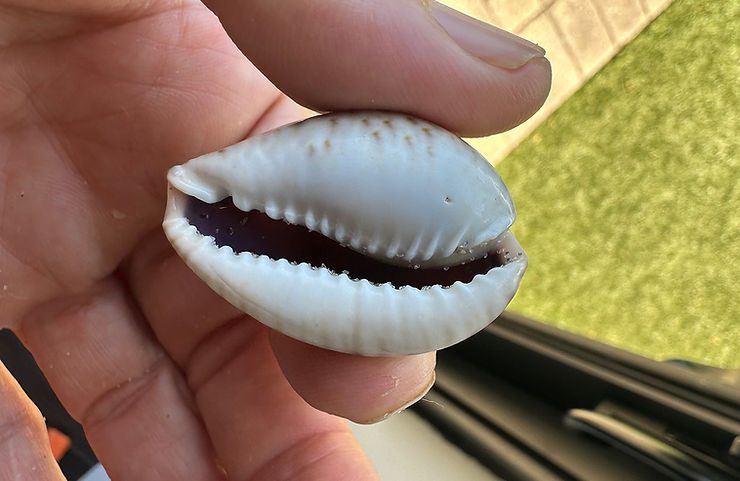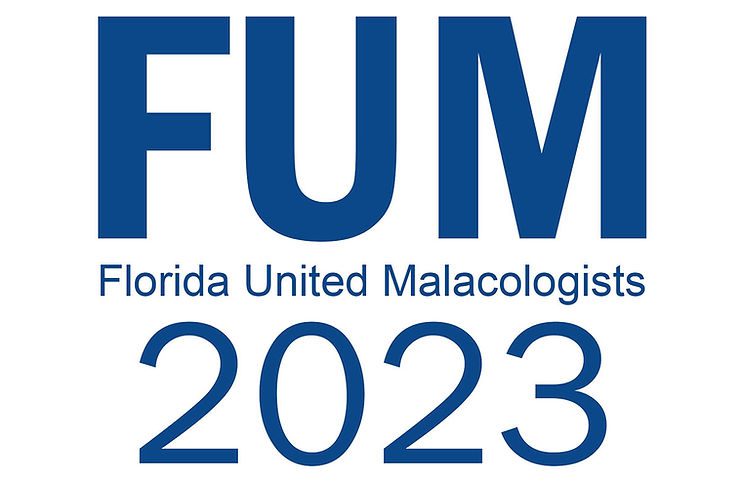
Shell of the Week: The Little White Trivia
Trivia candidula is a marine gastropod of the family Triviidae, the false cowries, or trivias. It reaches about 8 mm (about 0.32 inch), and has a pure white color and a typical shell sculpture of strong ribs that surround the entire shell. The spaces between the ribs are smooth. Generally speaking, trivias feed on sea squirts and colonial ascidians, but the exact feeding habits of the Little White Trivia are unknown. The species has a very broad distribution in the Atlantic Ocean: it is found in


